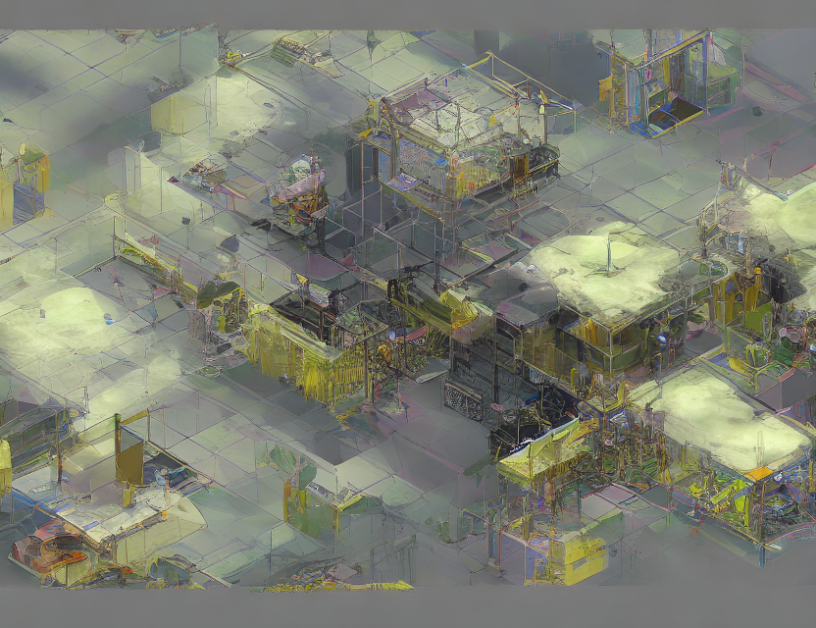In this article, we explore the importance of different types of datasets in reconstructing neural implicit surfaces for 3D reconstruction tasks. Neural implicit surfaces are a powerful tool for creating detailed and realistic 3D models from 2D images. However, the quality of these models depends on the type of dataset used to train the model.
We conducted an ablation study on three types of datasets: (a) synthetic data with real-captured scans, (b) real-captured scans without any synthetic data, and (c) a combination of both types of datasets. Our results show that using a combination of both types of datasets leads to the most comprehensive and accurate reconstruction results.
The key finding is that synthetic data provides a broader range of shapes and structures than real-captured scans, which are more focused on overall reasonableness. By combining both types of datasets, we can train our model to handle a wide range of 3D objects and scenes, resulting in the most accurate reconstruction results.
To put it simply, think of neural implicit surfaces as a kind of 3D puzzle. Just like how a puzzle needs a variety of pieces to create a complete picture, our model needs a mix of different types of datasets to reconstruct accurate 3D models.
We also conducted experiments on fine-tuning our model on novel objects, demonstrating that our model can generalize well to new objects with limited synthetic data for fine-tuning. This is important because it shows that our model can adapt to new situations and environments, making it more useful in real-world applications.
In summary, this article provides valuable insights into the importance of dataset types in reconstructing neural implicit surfaces. By combining both synthetic and real-captured data, we can train a more comprehensive and accurate 3D reconstruction model. These findings have important implications for applications such as computer graphics, robotics, and virtual reality, where detailed and realistic 3D models are crucial for creating realistic environments and interactions.
Computer Science, Computer Vision and Pattern Recognition
Enhancing Reconstruction of Interacting Humans and Objects with Neural Radiance Fields



